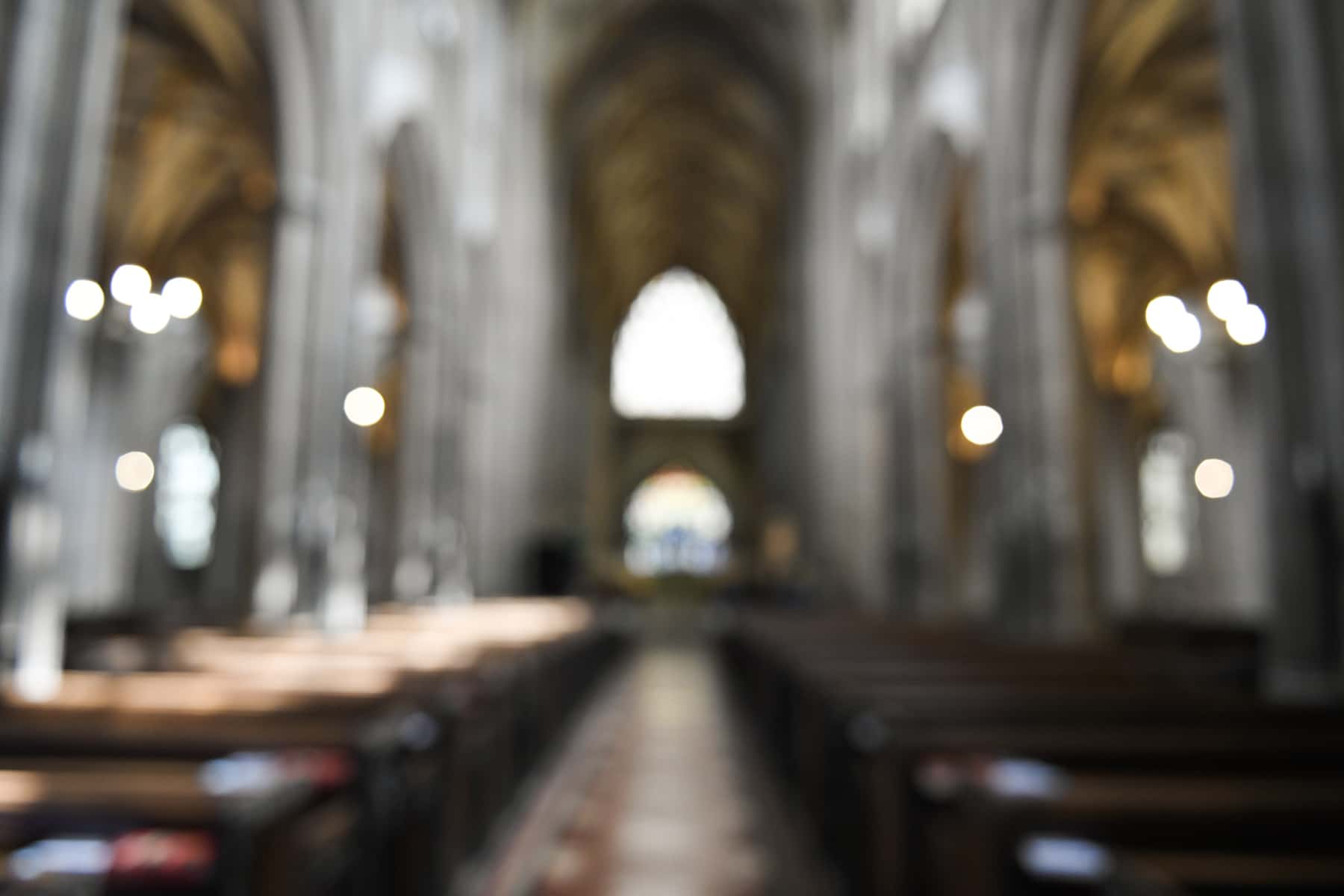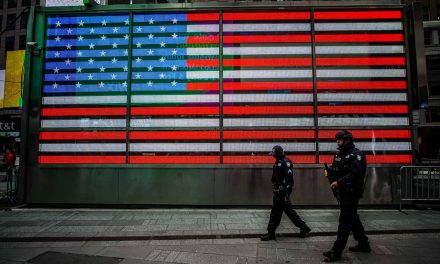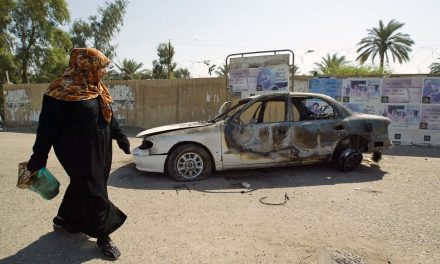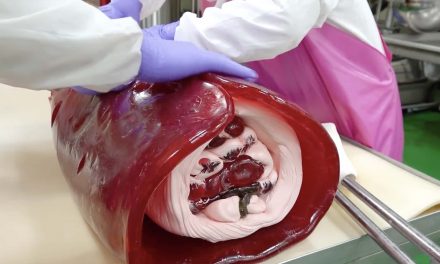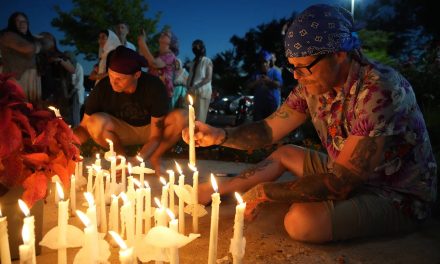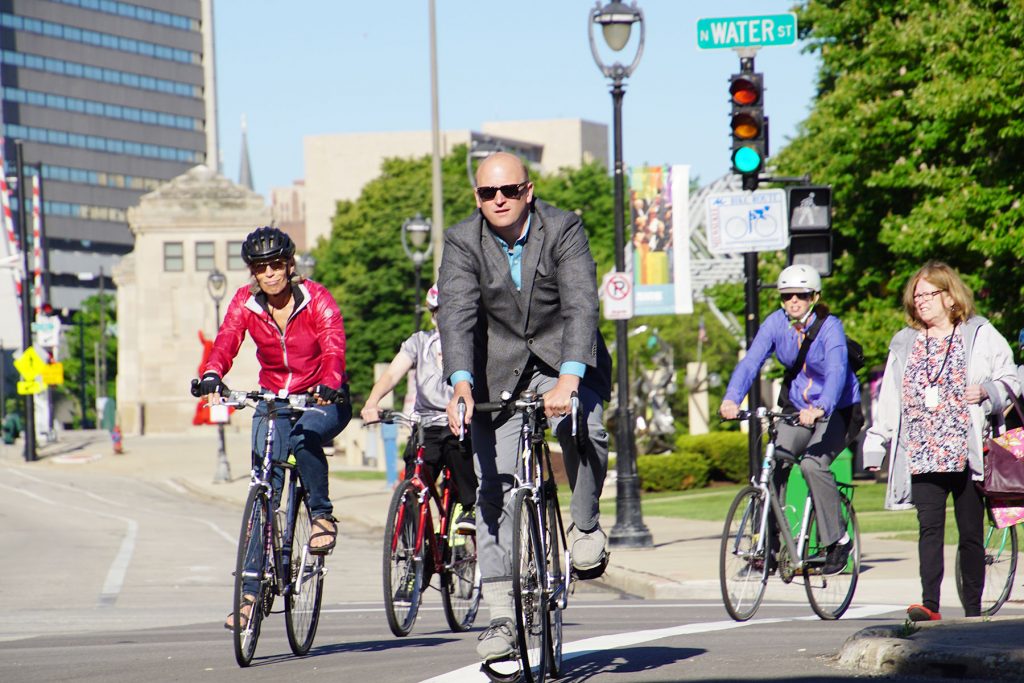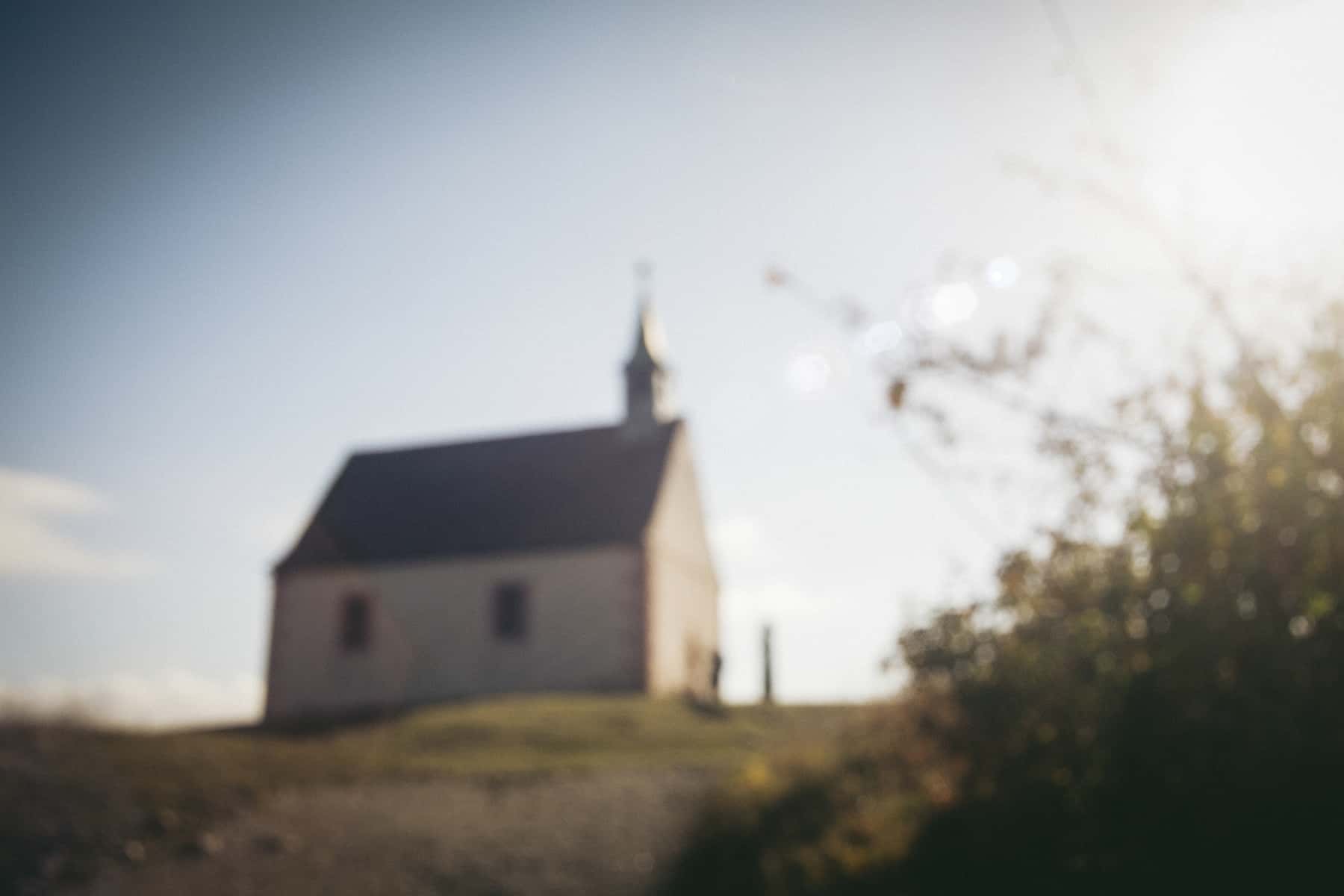
I am a confessing white, privileged priest with more blindspots in my ego than I like to admit. I am grateful for a month each year – February – when people of different races and religions meet together for programs, speeches, dinners, and worship services. For a month we specifically focus on, learn about, and honor accomplishments of our citizens of African origin and heritage that have gone unrecognized, particularly by people like me.
Years ago I directed a program for churches on the shores of the Chesapeake Bay. The area was deeply segregated by race, class, and income. Our project’s mission was to bring all people together, and build relationships by working together. I learned a lot about abject poverty, broken family systems due to lack of livable wages, people who had no water and others who had no electricity for their houses.
Driving down country roads for early morning meetings, I saw children waiting for school busses. I imagined these children as adults — dancers, artists, musicians, doctors, teachers and lawyers. Then I wondered how can we help them develop the gifts God has put in them. The children were mainly African-Americans.
Our program’s focus was to bring churches together for people to get to know each other, build some bridges, and work on some community issues together. We began with a worship service one evening, bringing white and black people together. It was a start. At least people would share a hymnal, sit beside a person who would not normally be in their church on a Sunday, smile and exchange a first name.
Then we went home, and back to our tribes. What was missing? We were together in a room. That didn’t mean we built relationships of understanding by sharing our stories, fears, and hopes.
On Sundays I was in more black than white churches. I heard great preaching, joyful singing. I was deeply moved when a mother sang, “His Eye is on the Sparrow,” which I realized was her prayer. She was about to leave her little sparrow, her young daughter, with her mother and the family of her church. She was headed out for basic military training. I learned that sitting beside someone in a pew, acting friendly is a beginning, but not enough.
One spring white churches joined African American sisters and brothers for the “Great Awakening Revival” on the Northern Neck. Each evening a white choir sang with a black choir. Clergy of various denominations and races sat on the “platform” up front. I realized my dear Episcopal brother had no sense of rhythm as he tried to clap and move with the others, as he sang. He tried.
Out of that experience we created groups – first of clergy and then for people in the community to come together to share stories, get honest and real, hear some hard things, cry and hug each other, ask forgiveness. I realized something big could happen out of this. We were building bridges with stories, rather than merely sitting in a room, and then going our separate ways.
We began to dream of what could be, and each February I am reminded to reach for that dream.
I dream that differing people can do more than sit in a room together and then go home after learning something.
I dream of ways such times become catalysts for building relationships, taking down fences and walls that we mistakenly think keep us safe, and certainly keep us apart.
I dream of safe places to learn from each other, how your life and experience has been.
I dream of a time when people of different backgrounds and experiences build bridges where our small worlds come together, and we realize in a greater world, we are family rather than strangers.
I dream of one day going into a church where the experiences of different peoples are lifted up, used, honored, and incorporated.
That to me would enrich worship, as we learn with each other. I dream of a day when this month ends, and we do not go back to where we have been, but we start building ways to get to where we need to be.

